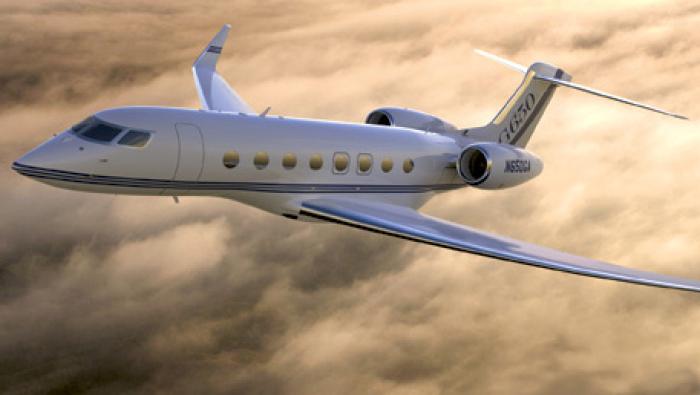In the wake of growing sales in markets such as Asia, regional airliner manufacturer ATR would establish production lines outside Europe to achieve a sale, according to an internal management document viewed by AIN. The document was a background briefing prepared, but not officially released, for a November 26 media event at which Bangkok Airways took delivery of the first of nine ATR 72-600s it has ordered. The next day, Indonesia's Lion Air signed a $1 billion purchase agreement for 40 more ATR 72-600s. Last week, ATR also confirmed that it is actively considering a new engine for its family of twin turboprops in an exercise called "ATR Neo." The manufacturer has embarked on efforts to again increase production rates to reduce its lengthening backlog of orders.
Having placed firm orders for a total of 100 airplanes, Lion Air now stands as ATR’s largest-ever customer; three ATR-operating subsidiaries—Wings Air in Indonesia, Malindo Air in Malaysia and Thai Lion Air in Thailand—fly 43 aircraft. ATR plans to deliver the new machines from 2017 to 2019, as Lion moves to address rising forecast demand over the next five years and develop “other opportunities for ATR operations throughout Asia and developing markets worldwide,” according to the manufacturer.
The ATR document indicated that plans for a new production line outside Europe is “not a project today,” but that the manufacturer might consider such a move tied to sales of aircraft. “[We] may evaluate the possibility in the event of some important negotiations, [but] will not produce ATRs in Indonesia (despite [Lion Air’s] order for 100 firm aircraft),” it said.
The document also revealed that plans for continued development of existing ATR models could include introduction of a re-engined Neo variant. “This highlights our philosophy of continued improvement,” it said. “[Our] aim is to further decrease fuel burn and operating costs, while providing even higher standards of comfort and navaid tools."
ATR has long considered a potential larger-capacity aircraft accommodating more than 90 passengers, but a Neo development would not affect company strategy for that version.
While expressing his complete satisfaction with Pratt & Whitney Canada, ATR chief executive Patrick de Castelbajac also confirmed talks with all engine manufacturers. “We owe it to the customer to offer more in future; we want the best," he told AIN. ATR head of global sales John Moore concurred. “It is always healthy to not be tied to one supplier,” he said.
However, a larger model does not account for a top priority, according to the ATR document. "[We] continue to evaluate the potential market; once we achieve key priorities, we may further discuss [a larger model] with shareholders,” it said. However, should ATR launch a larger capacity aircraft at some point, “it would clearly benefit from the new technology integrated in the Neo version,” it added.
Castelbajac said the manufacturer faces “a significant challenge” to accelerate production following orders that have increased ATR’s backlog to more than 300 aircraft. “Ten years ago, [it was] less than 20 per year,” he said. “This year we plan 80 [deliveries], 95 in 2015 and 105 the year after.”







